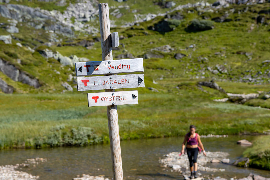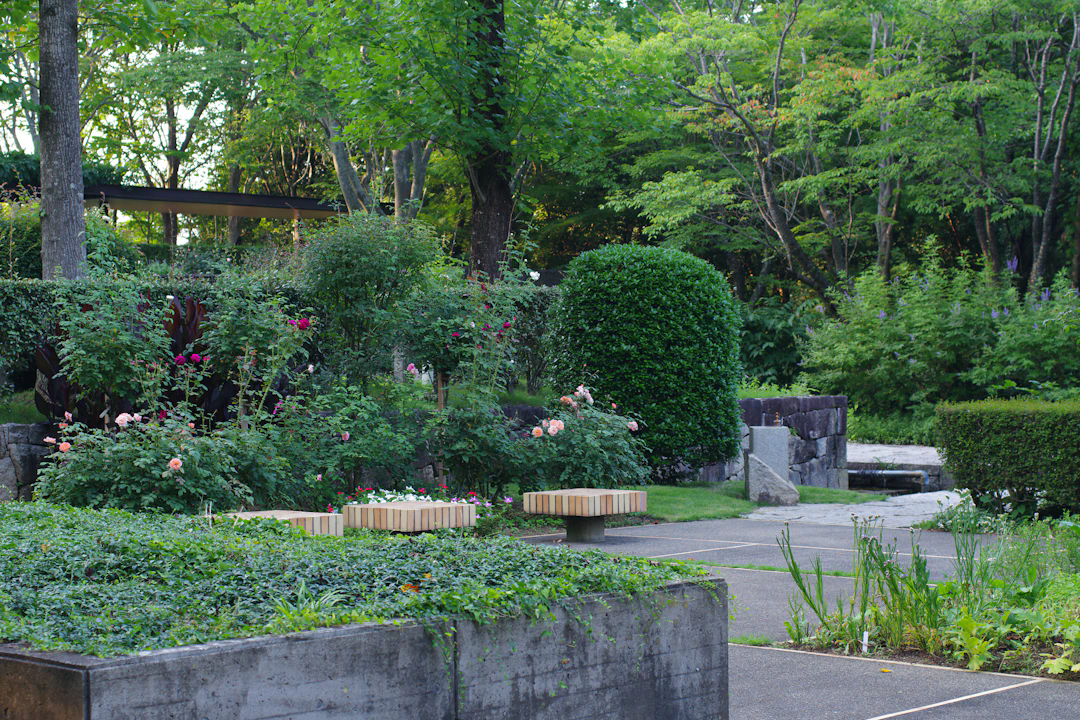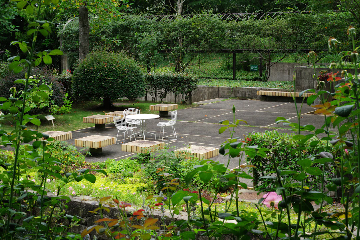Walking around Seattle’s neighborhoods, I’m often struck by the quiet reminders of progress and possibility—solar panels here, a thriving rain garden there, or a neighbor’s careful compost heap. Sometimes, what seems like a small project at home—switching to LED bulbs or setting up a rain barrel—ripples out, touching not just our environments but our well-being as well.
The pursuit of a good life weaves itself through philosophical podcast episodes and data-driven analyses alike. Whether we’re tuning into lively debates about happiness or poring over global graphs of child mortality, the question remains: how do we actually create healthier, happier spaces for ourselves and our communities?
For me, the answer lies in the intersection between informed action and collaborative spirit. Drawing from resources like the World Bank’s Environmental and Social Standards (ESS) and visual insights from Our World in Data, there’s a clear through-line: the changes we make at home—to reduce waste, conserve resources, and foster inclusion—mirror the changes needed on a global scale.
Take resource efficiency and pollution prevention, central pillars of ESS3 [1]. These principles aren’t limited to large organizations; they inform decisions like choosing native plants that require less water or repurposing materials for garden projects. Even small shifts, like insulating your attic or replacing old appliances, help reduce emissions and, by extension, support the wider social aim of a cleaner, fairer world.
From World Data to Backyard Decisions
The breadth of data available can feel overwhelming, but the stories they tell are local as much as global. Consider these recent trends collected by Our World in Data:
| Indicator | Global Progress | Home & Garden Application |
|---|---|---|
| Child Mortality | Fallen in most regions | Promote safe play spaces and healthy food at home |
| CO2 Emissions | High variance by country | Install energy-efficient lighting and support renewables |
| Access to Electricity | Still lacking in parts of Africa | Consider solar for off-grid sheds or lighting |
| Literacy Rates | Increased worldwide | Create garden libraries or quiet reading nooks outdoors |
What fascinates me as a science illustrator—and as someone who cares deeply about healthy living environments—is how personal choices, multiplied by community effort, can bring these data points to life. Hosting a workshop to teach children about pollinators, for example, or starting a neighborhood tool library, echoes the consensus-driven approach that’s been so successful in places like the Netherlands for climate action [2].
Real progress, after all, takes both creativity and collaboration, grounded in the real conditions and constraints of our homes and regions.
The Good Life Is a Shared Project
Podcasts like Good Life Project remind us that wellness is multidimensional: it’s about relationships, meaning, and everyday joy—not just economic metrics or eco-checklists. In my own experience, the most satisfying home projects have been ones that foster a sense of purpose while improving my surroundings—a mural to brighten a drab fence, a batch of pickled carrots shared with neighbors, or a tiny wetland reconstructed on an unused slope.
This fusion of well-being and environmental stewardship is easier to sustain when you lean on reliable data and frameworks. When a household integrates guidance from ESS standards, tracks energy usage trends, or draws inspiration from global health successes, everyday improvements become part of a larger story of resilience and hope.
I believe the heart of the good life is not a singular destination but an ongoing project—a series of intentional choices that connect us to each other and the world, from the hum of a rain barrel filling up to the laughter of friends gathered for a garden supper. Here’s to building those moments, one thoughtful step at a time.
References:
[1] World Bank, Environmental and Social Standards (ESS)
[3] Good Life Project - Podcast - Apple Podcasts
Read More

Ingrid Felton
Author
Born in a small coastal town in Maine, Ingrid Felton spent her formative years exploring tide pools and sketching sea birds. She earned a degree in marine biology before transitioning to work as a scientific illustrator, blending her love for the ocean with her artistic skills.
In her thirties, Ingrid moved to Seattle, where she balances freelance contracts with volunteering at local environmental organizations. She is known among peers for her detailed watercolors and her advocacy for sustainable marine practices.


